Recipe: Khadi Yogurt Based Curry
Serves 4–6
One of my favourite dishes that my mum would cook when I was not well was Khadi, a soothing dish of yoghurt gently cooked with light spices, chickpea flower and mustard seeds. It was both comforting and sustaining. So simple to cook with all the ingredients being easily found at your local supermarket.
Khadi is what I would call a yoghurt-based curry, it’s not a great description but I struggle to find a better one. Yoghurt, spices and chickpea flour are gently cooked with warming ginger, mustard seeds and turmeric until it thickens to a gravy Like consistency. Garlic, chilli and curry leaf are tempered in mustard seed oil then poured over the top of the finished dish which adds a distinctive bitterness that is pleasing to the tongue.
Khadi being or Gujrati origin is subtly sweetened with sugar, like many savoury dishes from Gujerat. I think this is why I like it some much, that balance between sweet, savoury and bitterness. My mum would cook this often for my sister and I as it is so simple to knock up. You can experiment with the dish too, you could gently simmer some chicken breast or fish fillets in the sauce to create a more substantial dish, but for me khadiis is at its best when it is served plain with boiled rice. Its soothing and calming for the soul.
Do go out of your way to hunt down a small tub of hing (asafoetida) – it brings a quintessential flavour.
–
450g natural yoghurt
5 tablespoons chickpea flour
2cm of finely grated ginger
2 green chillies, finely chopped
1 teaspoon salt
1 tablespoon caster sugar
½ teaspoon ground turmeric
2 tablespoons ghee
8 curry leaves
½ teaspoon cumin seeds lightly crushed
½ teaspoon black mustard seeds
¼ teaspoon of hing (asafoetida)
a handful of coriander, leaves picked and chopped
–
1. In a large bowl, whisk together the yoghurt and chickpea flour with 750ml water, until smooth. Add the ginger, chilli, salt, sugar and turmeric and stir it all through.
2. Heat the ghee in a large saucepan over a medium heat. When hot, add the curry leaves, crushed cumin and the mustard seeds.
3. When the mustard seeds begin to pop and jump around (about 2 minutes), add the hing and stir for 5 seconds.
4. Add the yoghurt mixture, reduce the heat to medium–low and cook for 15 minutes, stirring continuously, until the mixture bubbles and thickens to the texture of double cream (if it goes too thick, add some water to loosen it). Take care not to let the yoghurt catch on the bottom of the pan.
5. Add the chopped coriander leaves, allowing them to wilt in the heat of the khadi. Serve with plain boiled rice and thinly sliced tomatoes.





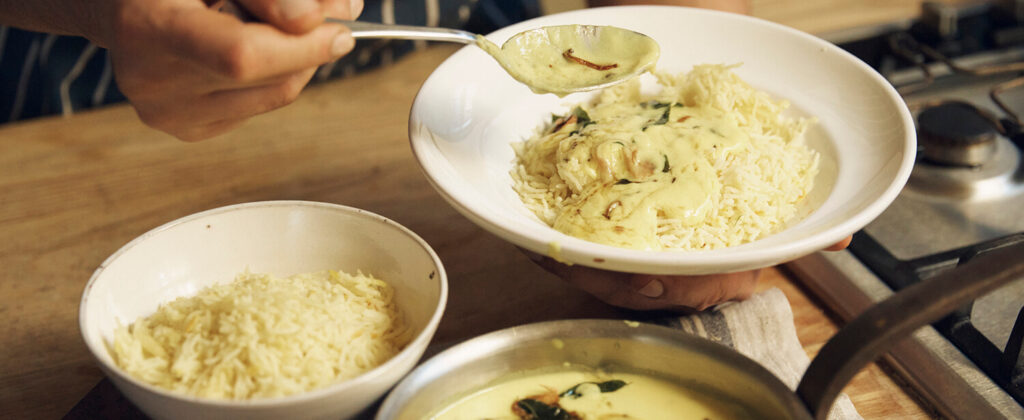
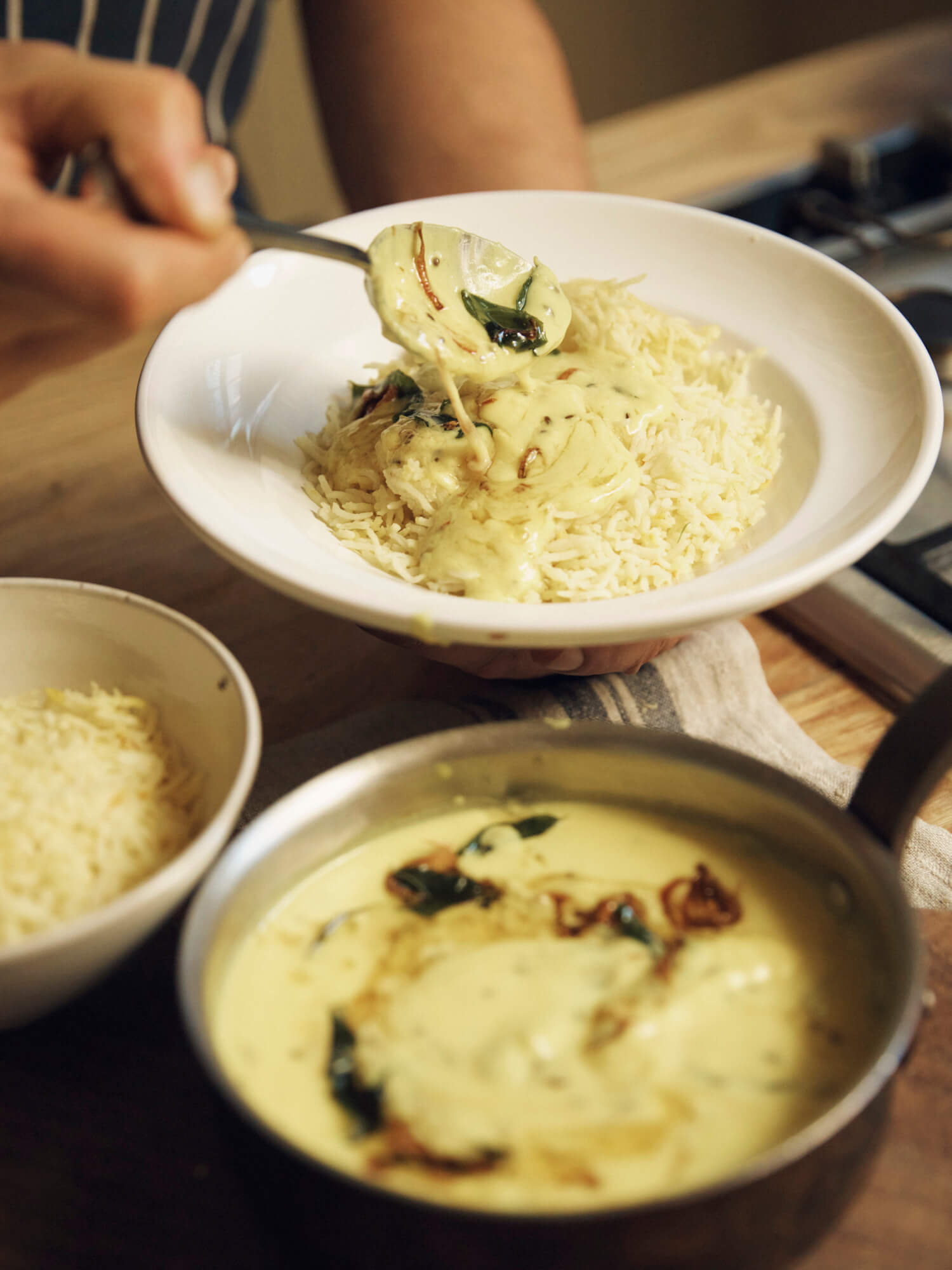
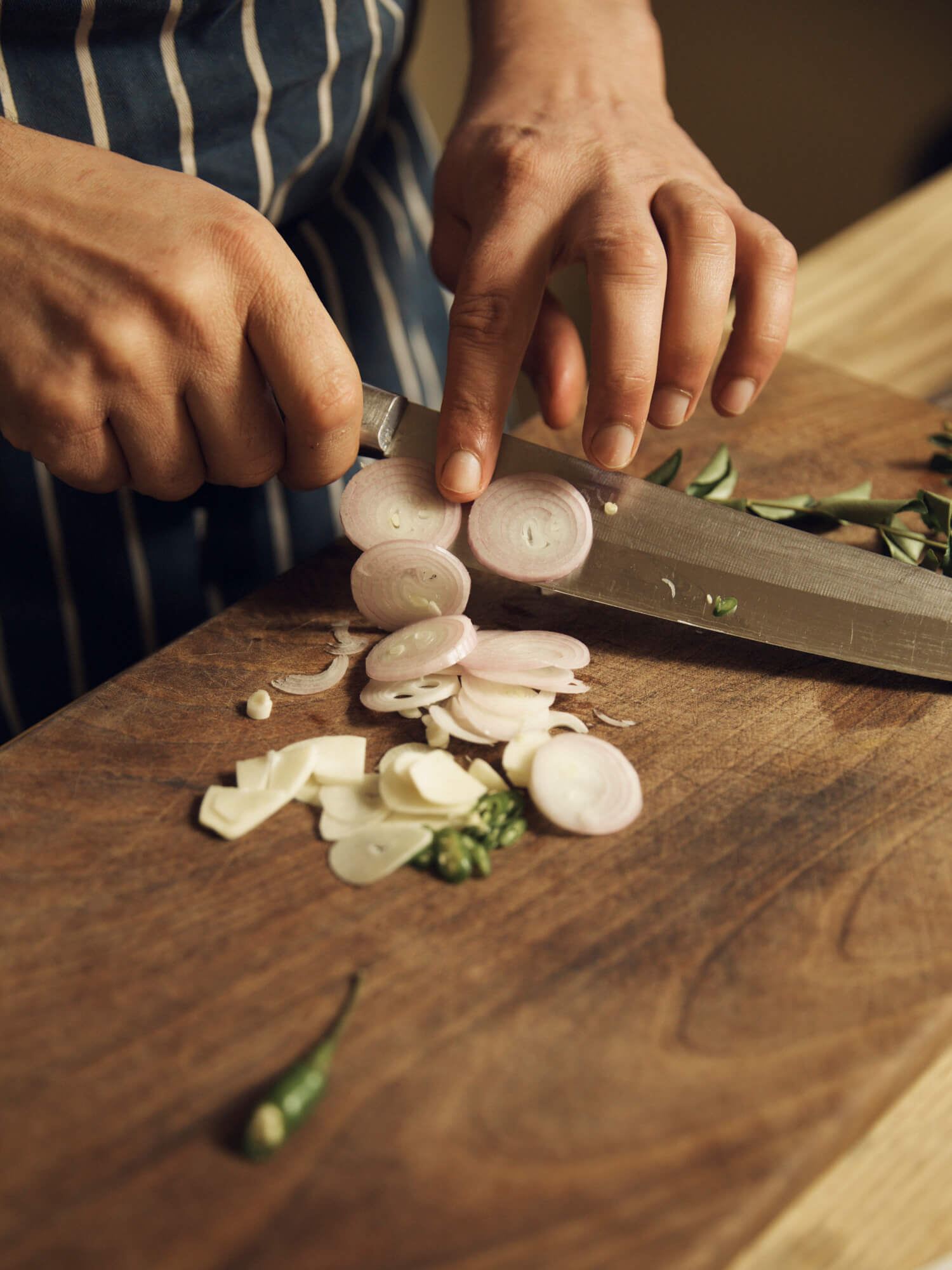
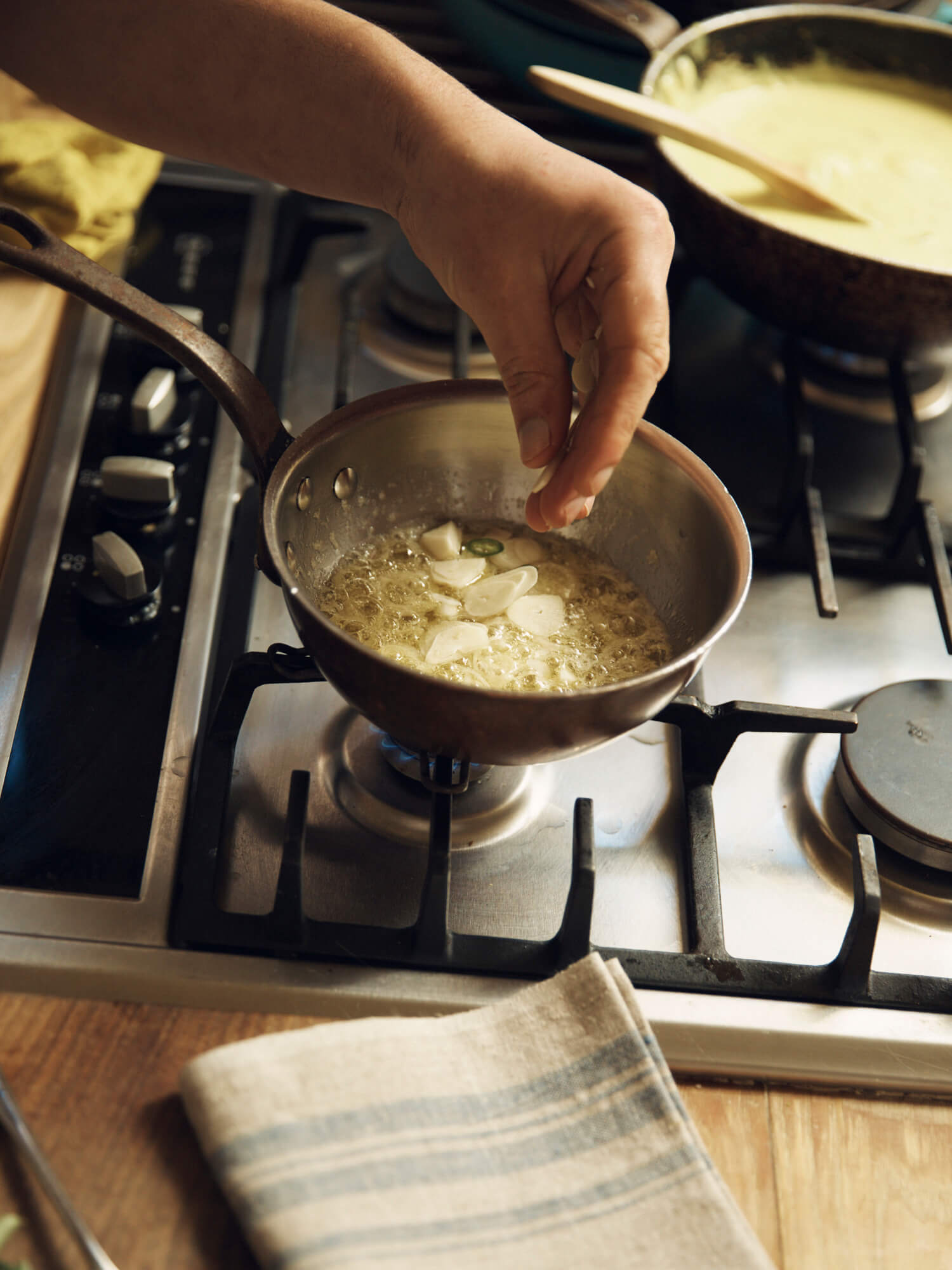
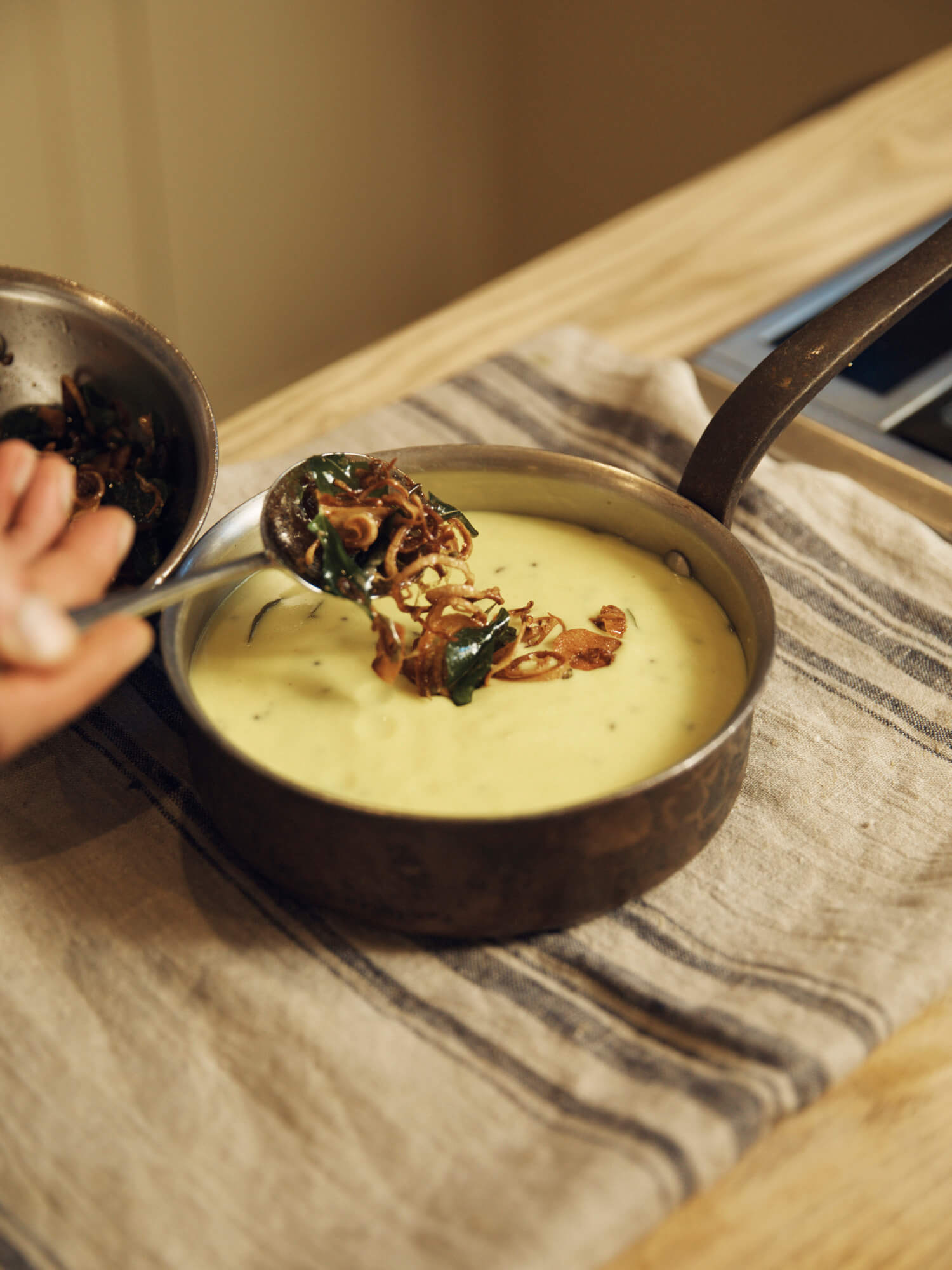

















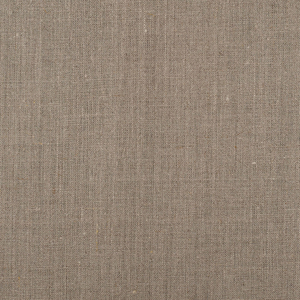





















3 Comments
Amy Sclesky
Hello, this looks delicious. I agree with the previous comment. I don’t see any instructions on how to cook the onion presented in the photos. I am guessing they are shallots, but I am unsure what is being used in the sauce pan to cook them to crispy and use as garnish/topping. Could you give some guidance please? Thank you.
Danuta Snyder
I want to try this! But could you include the onion’s part? I keep rereading the recipe to see if I’ve overlooked it, but I only see you cutting an onion in a photo and no mention in the instructions. Thank you!
Anno Varma
Hi, maybe I can help… It looks like there are 4 ingredients being fried: chopped green chillies, sliced garlic, onion rings, and curry leaves, and then spooned onto the ready khadi as what we call a ‘tadka’.
There are many varieties of khadi, or ‘kadhi’ as I know it, made across the different states of India, and a different version of each variety made in each home. You could follow the recipe without doing what’s shown in the pictures and make a legitimate kadhi, or you could fry up a little tadka to add at the end for an extra layer of flavour.